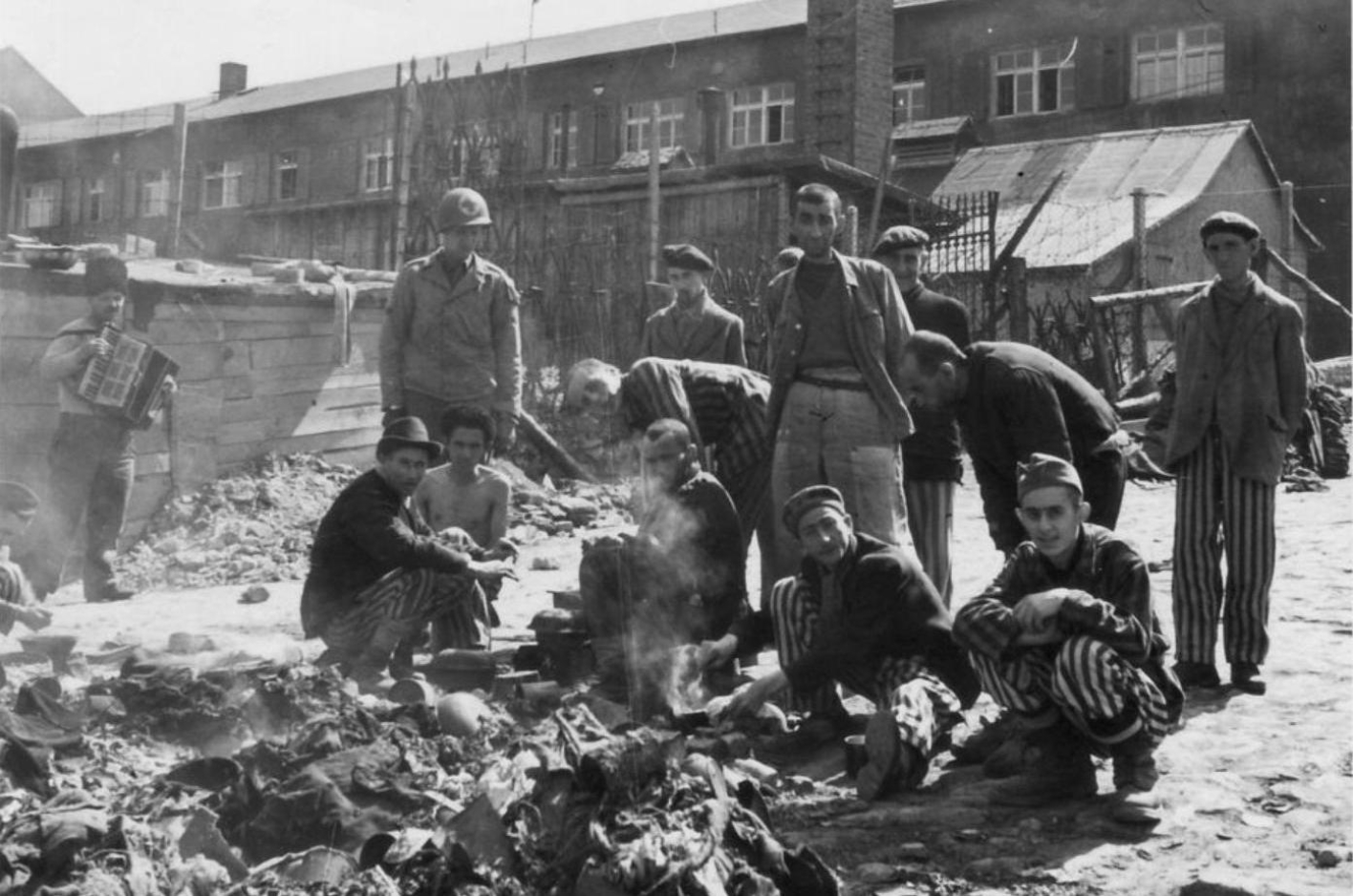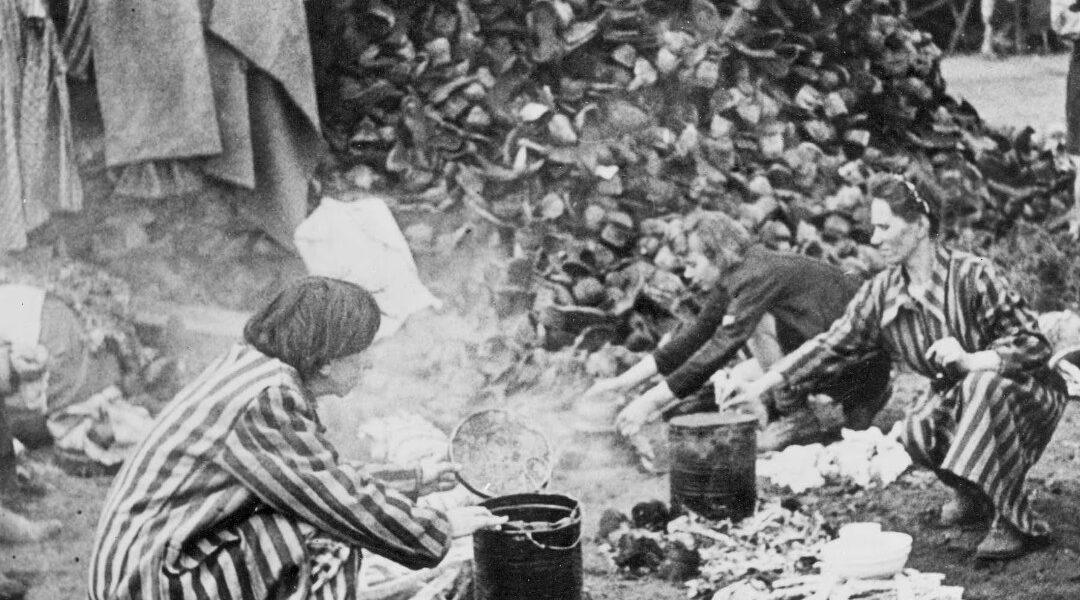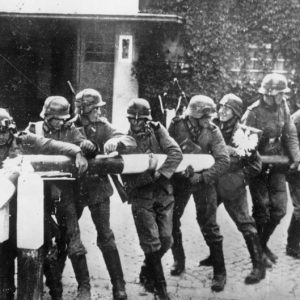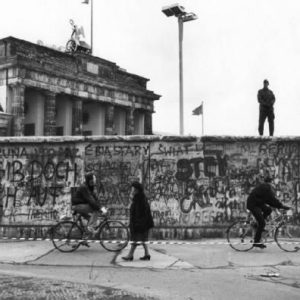
Amid the rolling hills of the Lüneburg Heath lies a place that, even decades later, is still marked by the shadows of the past: the former Bergen-Belsen concentration camp. Today, silent witnesses, such as thousands of abandoned shoes, recall the countless fates of the victims—men, women, and children who lost their lives here in the shadow of the Holocaust.
Bergen-Belsen was liberated by British troops in April 1945. What they found there was beyond imagination: over 60,000 prisoners in appalling conditions, many on the verge of death, and countless corpses littering the camp streets. Among them were survivors transported here from other camps, but also thousands who had died of hunger, disease, and mistreatment in the previous weeks.

Particularly striking is the image of the shoes, which are still on display at the memorial today. They tell the story of the people who once wore them: of children brought here in their innocence, of mothers and fathers who tried to protect their families, and of young women and men full of hope and dreams. Each shoe symbolizes a life that was extinguished—a fate that is part of our shared history.
After the liberation, Bergen-Belsen initially became a reception camp for survivors who had nowhere to return. However, the traces of the past were not erased; they remained as a warning. In the decades that followed, a memorial site was created here, which is now visited by thousands of people every year—school classes, historians, survivors, and their families.
The sight of the abandoned shoes is a moment of pause. They force us to reflect on what happened here and the importance of keeping the memory alive. They represent the people who no longer have a voice, the stories that were often never told. And they remind us that the past must never be forgotten – so that such crimes never happen again.

Particularly striking is the contrast between the silence that reigns today in Bergen-Belsen and the noise and chaos that existed here 79 years ago. The rolling meadows and trees surrounding the site stand in stark contrast to the screams and suffering that once filled the air. But the shoes that still lie there are like a silent cry—a call for remembrance, for responsibility, for humanity.
The Bergen-Belsen Memorial offers not only insight into history but also the opportunity to reflect on the meaning of remembrance. It calls us to embrace the lessons of the past and actively work for a world where discrimination, hatred, and violence have no place.
At a time when the voices of contemporary witnesses are becoming increasingly quiet, it is objects like the shoes that carry their stories forward. They are more than just relics—they are memorials that affect us all. Bergen-Belsen is not only a place of horror, but also a place of remembrance and hope.










